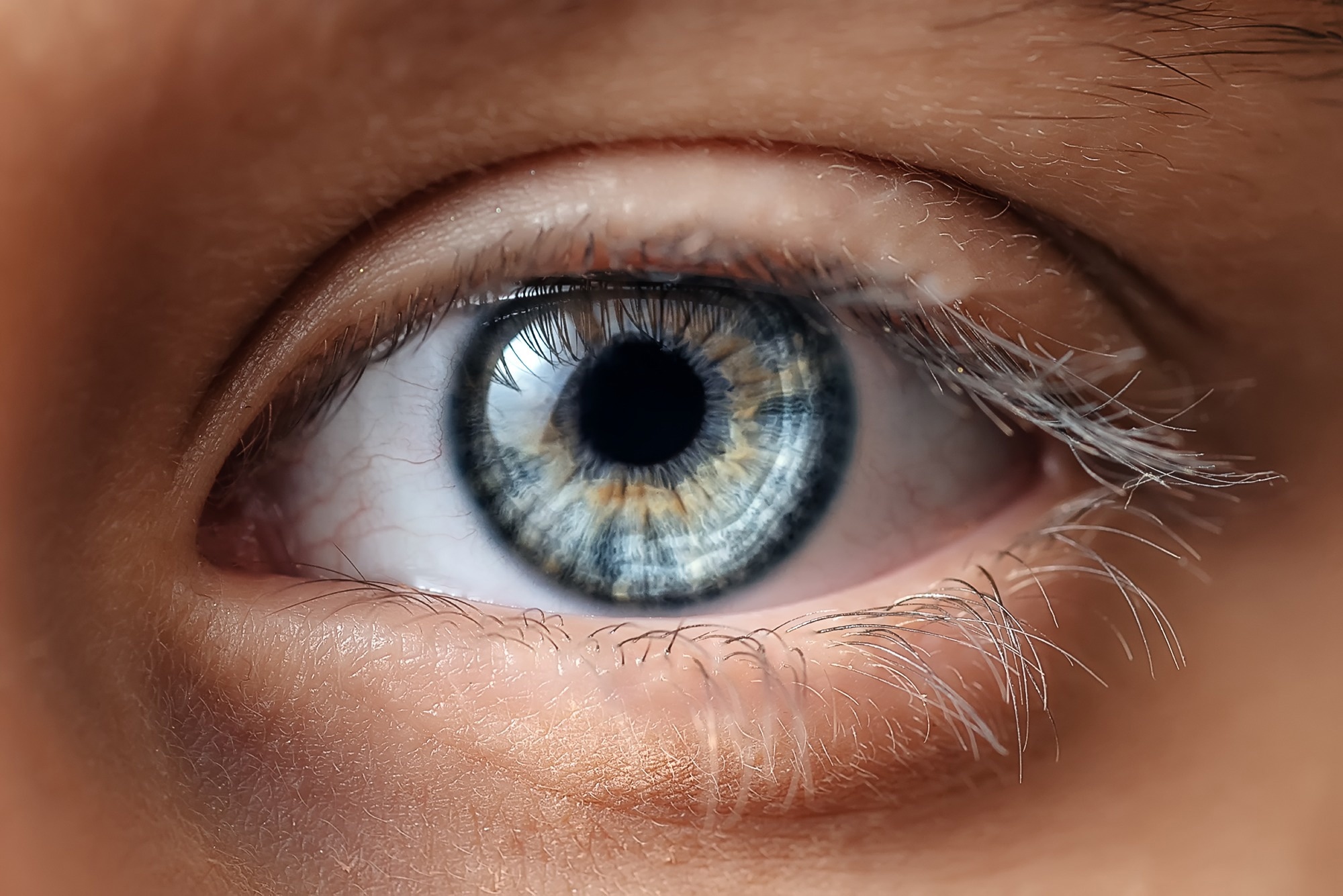Due to the extremely complicated optical elements involved, imitating the performance of the human visual system is a massive challenge.

Image credit: Edgar Martirosyan/Shutterstock.com
In a new study, scientists demonstrate the feasibility of creating a lens system capable of reproducing specific characteristics of human eyesight using simple spherical optical components.
Guillaume Allain will present this research from Université Laval in Canada at the Optica Design and Fabrication Conference, which will take place in Quebec City, Canada, between the 4th and 8th of June 2023.
Having a physical eye model which provides an accurate rendering of the full range of vision of a human eye as well as a biologically accurate pupil can be an important tool in the quality assurance of devices which we use for entertainment or medical purposes.
Guillaume Allain, Université Laval
Replicating the human vision system requires an in-depth understanding of how it works. Yet, optical elements such as curved photosensitive surfaces or variable index materials and requirements for multi-layered image processing and a wide field of view can make it hard to study the human visual system as if it were a traditional optical system.
As part of the new study, investigators outline a novel method for understanding and visualizing the optical performance of the human eye in a way that can be used to design a lens system that mimics it.
To do so, the team used two different computational eye models to extract vital optical measurements: the entrance pupil, the resolution based on the modulation transfer function, and the relative illumination.
These measurements were subsequently utilized to make a simple optical design that only needed spherical surfaces.
The lens system was created to initially render a scene with just the right amount of detail to emulate the degradation of image quality in the human field of vision. Since pupil shape and position are also important requirements for some instruments, precisely emulating the pupil was also an aspect of this project.
To observe the success of the approach, the performance of the lens system was compared against that of the human visual system.
The results demonstrated that the novel design, which required minimal optimization, could easily reproduce the quality of the human vision system without the need for any aspherical components, which increases the complexity of the system.
The initial design could also be simplified further by removing some surfaces while still achieving a quality similar to that of human vision.
We are currently looking at further simplifications in the design for a flat camera and how the addition of a curved image sensor, inspired by the curvature of the human eye’s retina, could help in that regard.
Guillaume Allain, Université Laval